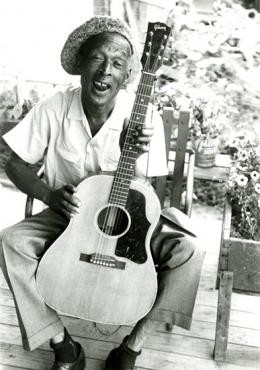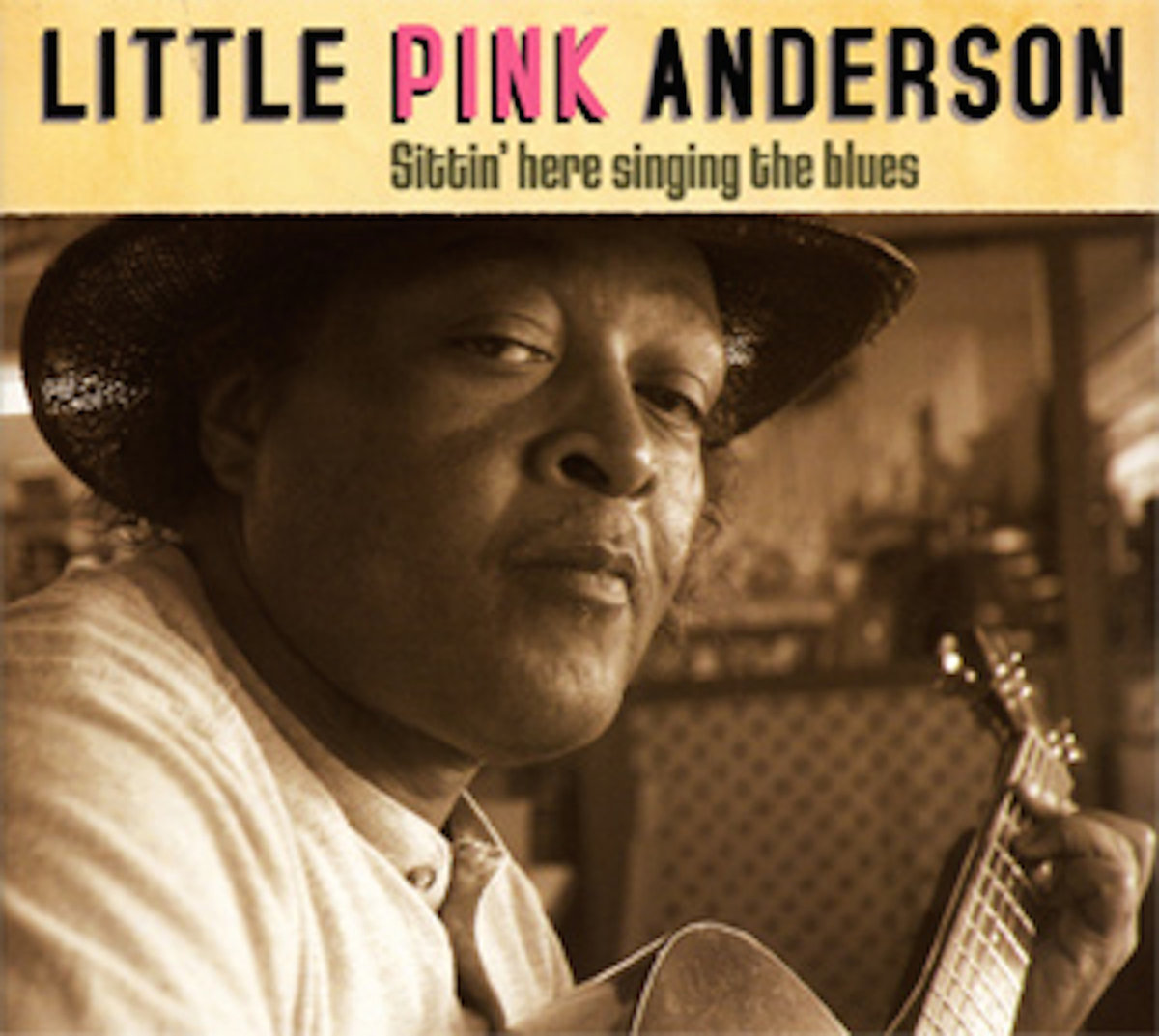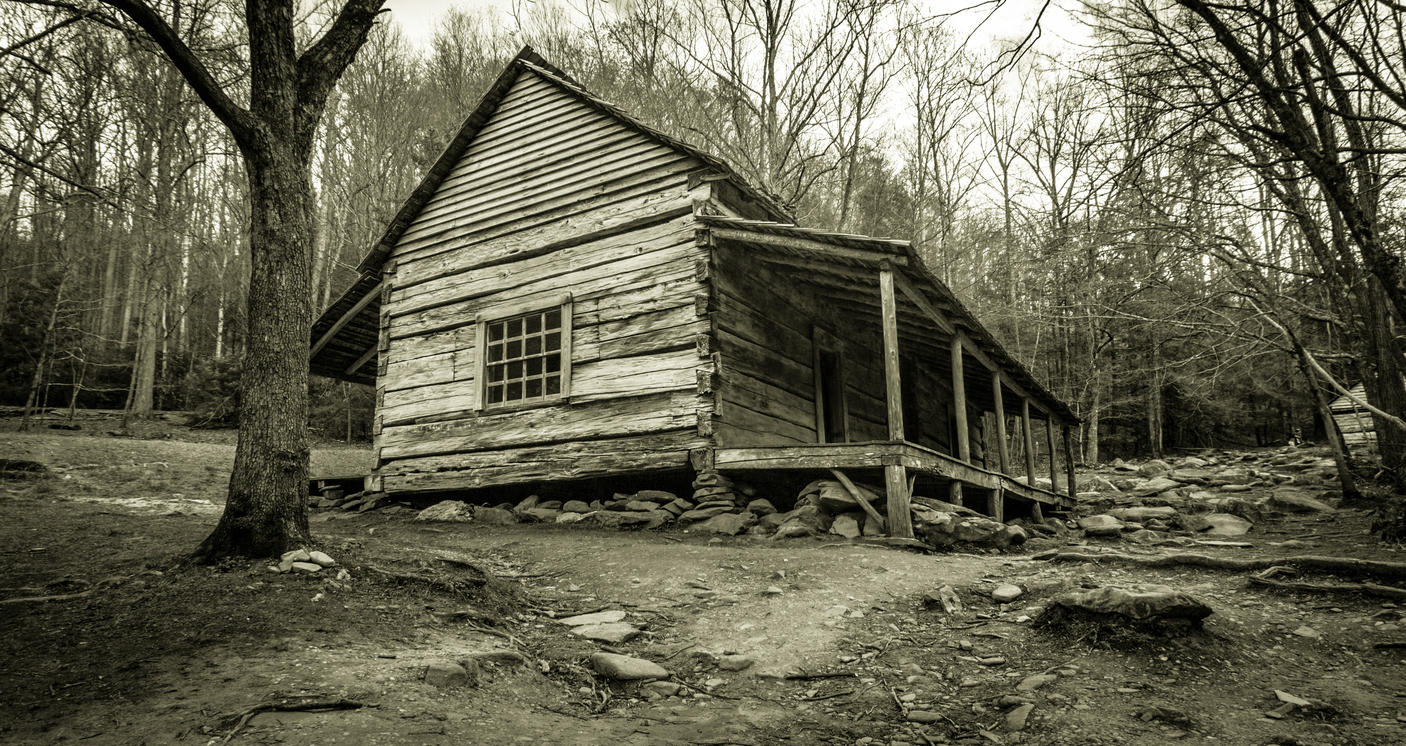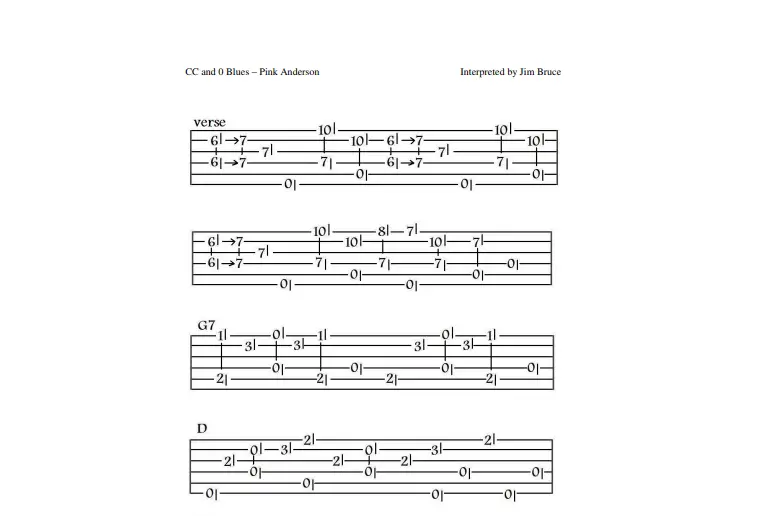Jim performs CC&O Blues by Pink Anderson.
Pink Anderson: A Piedmont Blues Legend
As a blues guitar teacher, I've always been fascinated by the legends of the Piedmont blues, and Pink Anderson holds a special place in my heart. Pink Anderson was a true medicine show man, carrying the tradition of traveling musicians well into the 20th century. His unique style and captivating performances have left an indelible mark on the music world.
The Life and Music of Pink Anderson
Pink Anderson's journey through the blues scene is a testament to the enduring power of this genre. Born in Laurens, South Carolina, in 1900, he spent much of his life entertaining crowds at medicine shows, where he honed his craft and developed his distinctive sound. His music was a perfect blend of ragtime, folk, and blues, creating a sound that was uniquely his own.
Throughout his career, Pink Anderson released several records that captured the essence of his performances. These records are now treasured by blues enthusiasts and serve as a window into a bygone era of American music.
Notable Recordings
- "Papa's About to Get Baby Mad" (Columbia, 1928)
- "C.C. and O. Blues" (Columbia, 1928)
- "Carolina Blues Man" (Bluesville, 1961)
- "Medicine Show Man" (Bluesville, 1962)
Finding Pink Anderson's Legacy
For those looking to explore Pink Anderson's work, there are several ways to dive into his musical world:
- Search for his original records on vinyl or CD reissues
- Stream his music on various platforms
- Watch performances on YouTube
- Check out compilations from labels like Prestige and Folkways
Preserving the Memory
As a blues enthusiast, I've made it a point to visit Pink Anderson's final resting place. His grave can be found in Lincoln Memorial Gardens in Spartanburg, South Carolina. It's a humble memorial that doesn't fully capture the impact this man had on the blues world.
Adding to the Collection
For those looking to add Pink Anderson to their music collection, there are several options:
- Original records (if you can find them)
- CD reissues and compilations
- Digital downloads and streaming services
Some notable releases include the Folkways volume "Carolina Medicine Show Hokum & Blues" and the Prestige albums "Carolina Blues Man" and "Medicine Show Man."
Capturing the Image
While photos of Pink Anderson are relatively rare, there are a few iconic images that capture his essence. One particularly striking photo shows him with his guitar, a testament to the time he spent perfecting his craft.
As I continue to teach and perform blues guitar, I often find myself returning to Pink Anderson's work for inspiration. His legacy serves as a reminder of the rich history of blues music and the enduring power of the medicine show tradition. Whether you're a seasoned blues player or just starting out, taking the time to explore Pink Anderson's catalog is sure to enrich your understanding and appreciation of this timeless genre.
Pink Anderson Bio - Ragtime Blues Guitar
 Pink's birth place was in Greenville
South Carolina. Having taught himself to play a variety of instruments, he began playing for Dr. Frank Kerr, who ran an enterprise which became
known as the Indian Remedy Company in 1914 to sing
for the public audiences while the doctor peddled his unique 'elixir '.
Pink's birth place was in Greenville
South Carolina. Having taught himself to play a variety of instruments, he began playing for Dr. Frank Kerr, who ran an enterprise which became
known as the Indian Remedy Company in 1914 to sing
for the public audiences while the doctor peddled his unique 'elixir '.
In the city of Spartanburg, Anderson met and teamed up with Simeon "Blind Simmie" Dooley in (around 1916), who showed him how to play fingerpicking acoustic guitar. Anderson had a little previous experience at playing in string bands. When he wasn't working and playing for Dr Kerr's traveling show, he and Simmie Dooley might play for small parties and other gatherings.
Pink Anderson' picking style was fast, light and ragtimey - this means that the basses were alternating and rythmic, producing a syncopated happy sound great for dancing. It's essential to control that picking thumb when attempting this style of playing.
Problems with his heart eventually caused him to hang up his guitar professionally in 1957.

After having a stroke in 1954, he just about stopped picking guitar, and never again played with his characteristic style and flair. He passed away in 974, when he had another heart attack when he was 74. He's buried at Spartanburg, back where he came from.
Anderson had a son, who also plays guitar and is known as Little Pink Anderson - he plays blues guitar and lives in Vermillion, SD. Listen to Little Pink talk about the blues and his father in the MP3 below:
Little Pink Anderson Talks About his Father Pinkney.mp3
It's unfortunate that Little Pink Anderson, Pinkney’s son, was inevitably compared to his Dad. In fact, Little Pink was quite a good guitar player in his own right. However, at that time in the sixties blues music of his style was quite uncool, as far as he was concerned.
However, Little Pink needed to make a living and so the best idea was perhaps to piggyback on his Dad's reputation and play the blues.
The younger musician got help from organisations such as the Music Maker Relief Foundation, who helped him with buying quality guitars and arranging tours.
It's striking, but even in the sixties and seventies the son of a famous Blues musician could hardly make a living out of playing the music he loved. It’s just basically the roots of all the modern music that we know today.
Just like in the old days of his father’s time, life was no picnic for Little Pink. In the early seventies he went to prison for 7 years for robbery and was always in trouble with drugs and alcohol.
After leaving prison he started to play his music again but his health deteriorated. He was diagnosed, and given treatment, for diabetes.
After this time he started to tour and perform again and play the music that is Dad helped make so famous. It's fortunate that there was this continuation of the style of the old Ragtime & Vaudeville Blues by his own son.
In this generation, new and younger guitarists are exploring and discovering the magic of these old fingerstyle blues patterns, once again bringing it to audiences all over the world.
Song List
- CC and O Blues
- Every Day In The Week
- Ain't Nobody Home But Me
- Betty And Dupree
- Boweevil
- Chicken
- Greasy Greens
- I Got A Woman 'Way Cross Town Town
- I Got Mine
- I Will Fly Away
- I'm Going To Walk Through The Streets Of The City
- In The Evening
- In The Jailhouse Now
- John Henry
- South Forest Boogie
- Sugar Babe
- That's No Way To Do
- The Kaiser
- The Titanic
- The Wreck Of The Old 97

who was Simmie Dooley?
CC and O Blues Pinkney Anderson (Trimmed).mp3
the Guitar Lesson

The pink anderson Connection with floyd council
Funnily
enough, these three artists came from Carolina . Floyd Council, Pink
Anderson ( Pink Floyd borrowed their names ) and Scrapper Blackwell - these guys really knew how to play the guitar!
Floyd
Council wasn't very well recorded as a performer in his own
right, but sometimes played in studio recording sessions
playing behind 'stars' such as Blind Boy Fuller, another South
Carolina artists .
His guitar was syncopated and could be described as a combination of ragtime and a Texas blues style. Pink Anderson (I don't believe that they ever collaborated or even crossed each others path !) played ragtime guitar and performed in traveling medicine shows.
Scrapper Blackwell was an extremely varied guitar player who wrote many memorable songs, such as Blues Before Sunrise and Nobody Knows You When You're Down and Out.
His creation 'Kokomo Blues' was made famous by Robert Johnson
by the name 'Sweet Home Chicago'. Scrapper provided classics
which were to provide inspiration for later masters of blues music. Although Scrapper didn't teach Johnson how to play the guitar, he still owed him a great deal.
Floyd Council (Born September 2, 1911 and died May 9th, 1976) was a well-known performer of the Piedmont ragtime blues sound, which was well liked all through the southeastern region of America during the nineteen thirties .
He started his career in the 1920s, performing with two brothers, Leo and Thomas Strowd calling themselves "The Chapel Hillbillies". He also played on some sessions with Blind Boy Fuller during the thirties . His muscles were partially paralyzed after suffering a stroke in the nineteen sixties , but it seemed that his mind was still sharp.
However, he was never able to recover his playing ability, although still finding time to show others how to play the guitar. Council died in 1976 after a heart attack, just after going to live in Sanford, North Carolina.